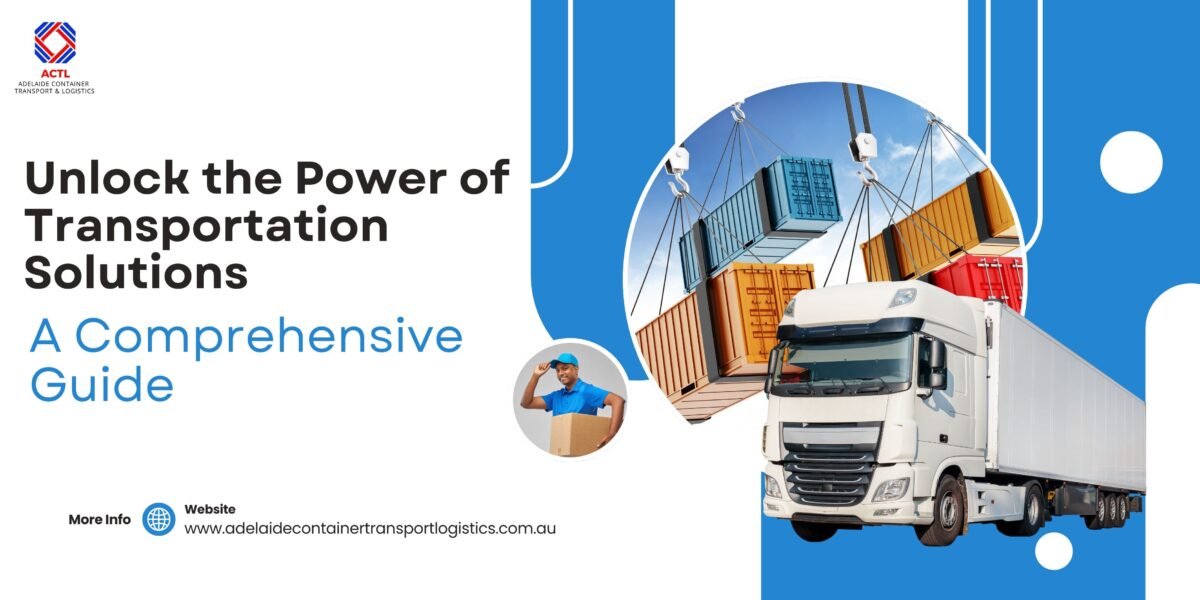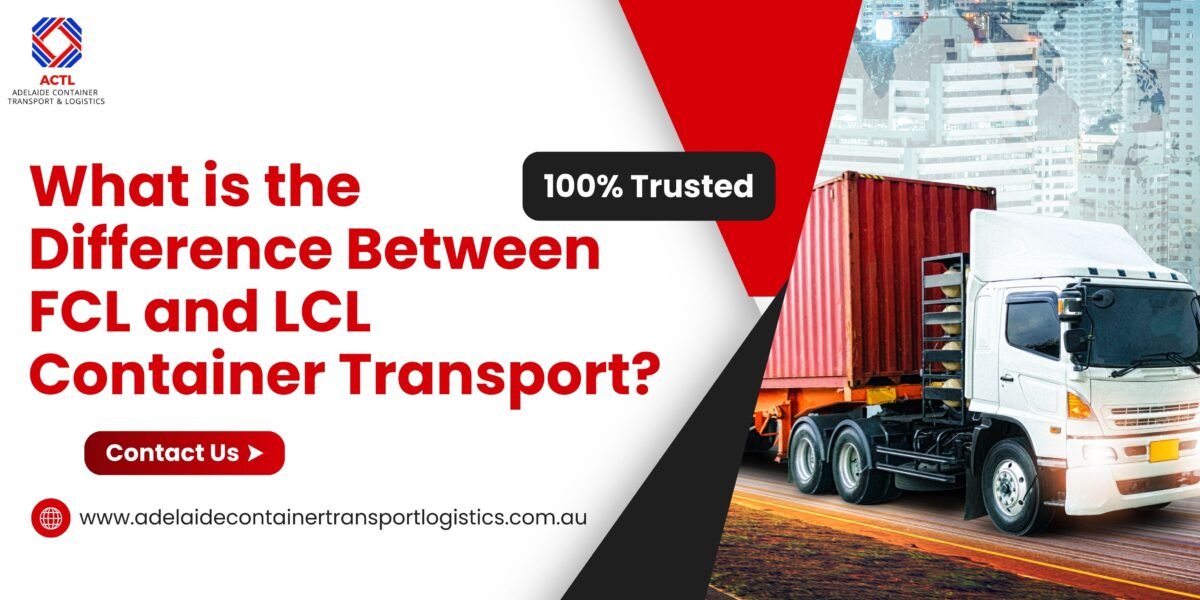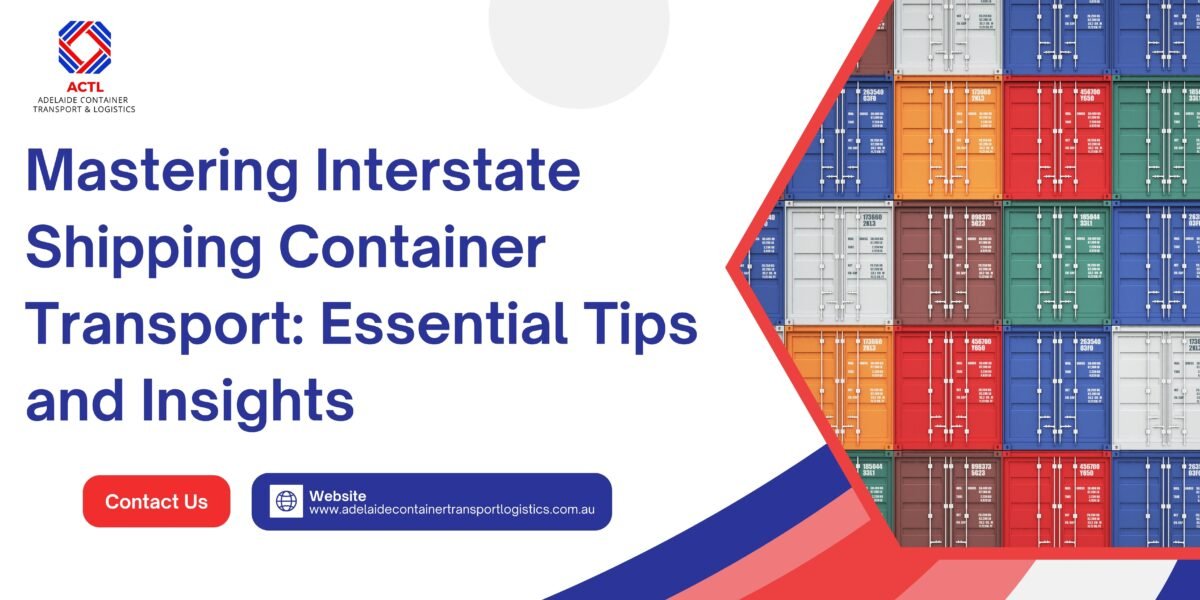In today’s fast-paced world, efficient transportation solutions are crucial for businesses aiming to stay competitive. Whether it’s moving goods across cities or managing complex supply chains, the right transportation strategies can significantly impact operational success. This comprehensive guide delves into…




